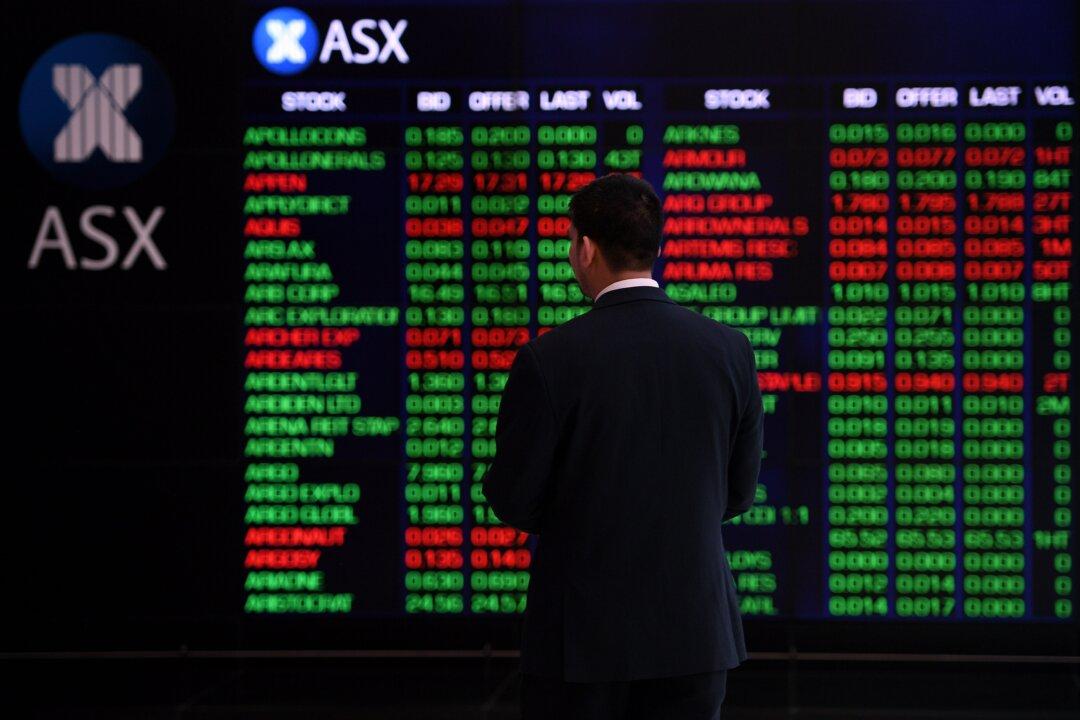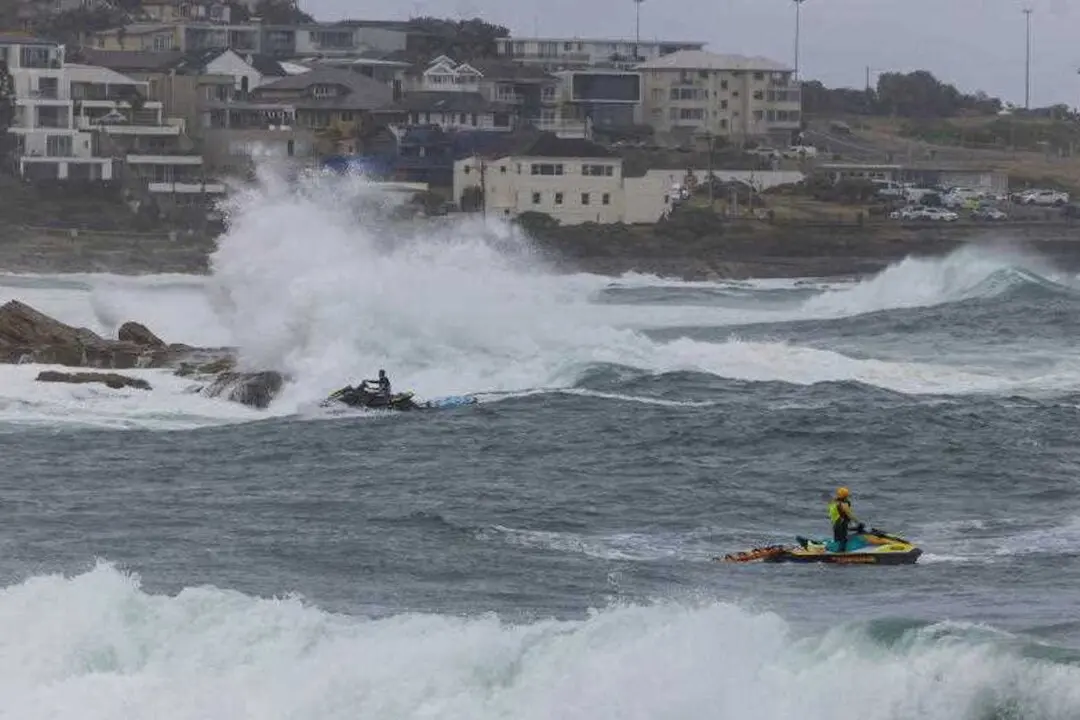The local stock exchange has dropped sharply, tumbling along with markets around the world after a worse-than-expected US inflation report raised the prospect of even more aggressive rate hikes in the world’s largest economy.
The benchmark S&P/ASX200 dropped 184 points in the first 10 minutes of trading on Wednesday and more or less treaded water since. It eventually closed down 181.1 points, or 2.58 percent, to a one-week low of 2828.6.





